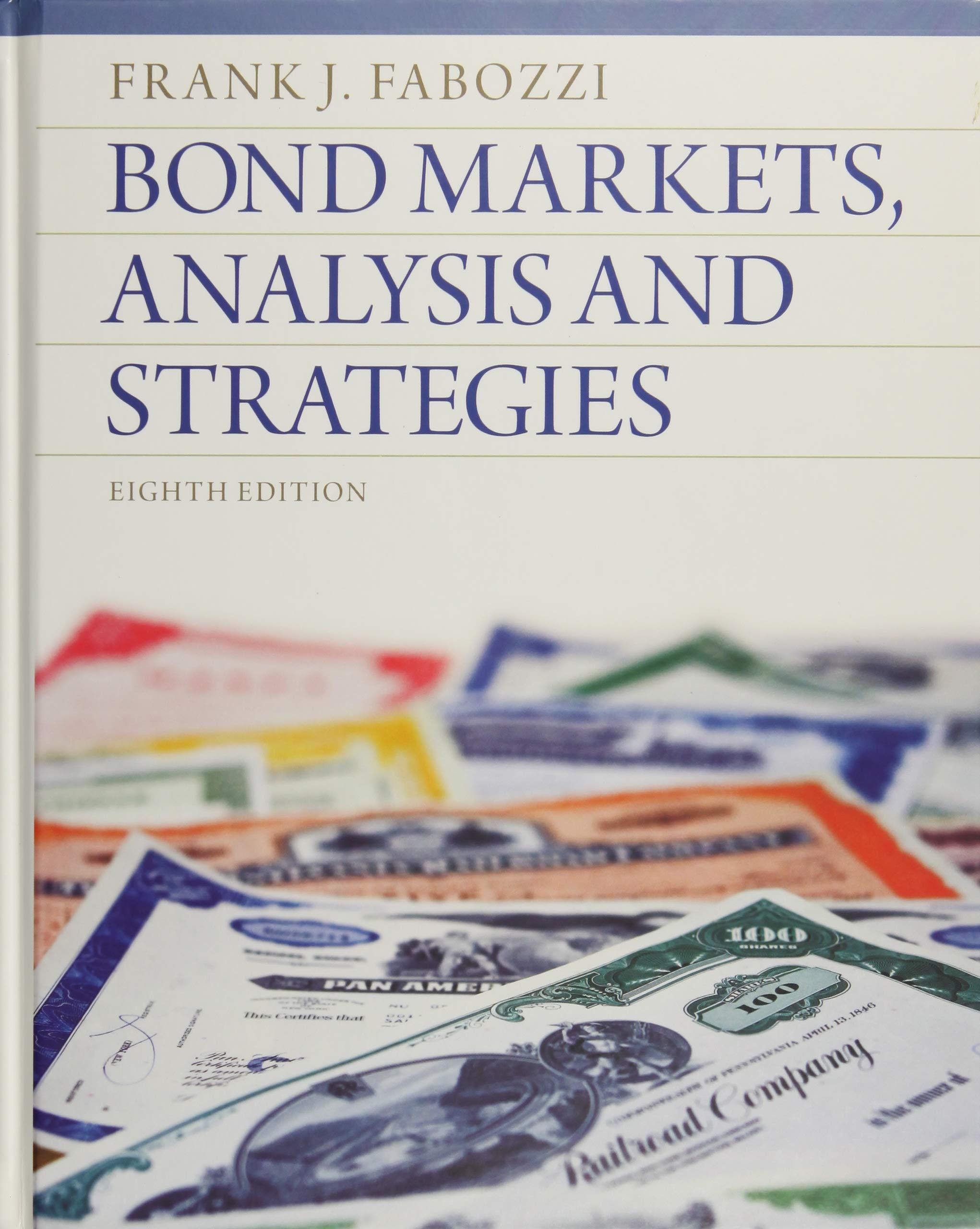On October 1, 2005, Fannie Mae issued a mortgage pass-through security and the prospectus supplement stated the
Question:
On October 1, 2005, Fannie Mae issued a mortgage pass-through security and the prospectus supplement stated the following:
a. What does the “pass-through rate” of 5% for this security mean?
b. What is the average note rate being paid by the borrowers in the loan pool for this security?
c. Why does the pass-through rate differ from the average note rate paid by the borrowers in the loan pool for this security?
d. What is the pool number for this security, and why is the pool number important?
e. What is the prefix for this security, and what does a prefix indicate?
f. The “maturity date” for this security is shown as “10/01/2035.” An investor in this security might be concerned about its very long maturity (30 years). Why is the maturity date a misleading measure of the security’s maturity?
g. If an investor purchased $15 million principal of this security and, in some month, the cash flow available to be paid to the security holders (after all fees are paid) is $12 million, how much is the investor entitled to receive?
h. Every month a pool factor would be reported for this security. If the pool factor for some month is 0.92, what is the outstanding mortgage balance for the loan pool for that month?
i. Why does the weighted average loan term differ from the weighted average remaining maturity?
j. Wells Fargo Bank, N.A. is identified as the seller and the servicer. What does that mean?
k. What does the following mean: “MORTGAGE
BACKED SECURITIES PROGRAM SUPPLEMENT TO PROSPECTUS DATED JULY 01, 2004”?
Step by Step Answer:






